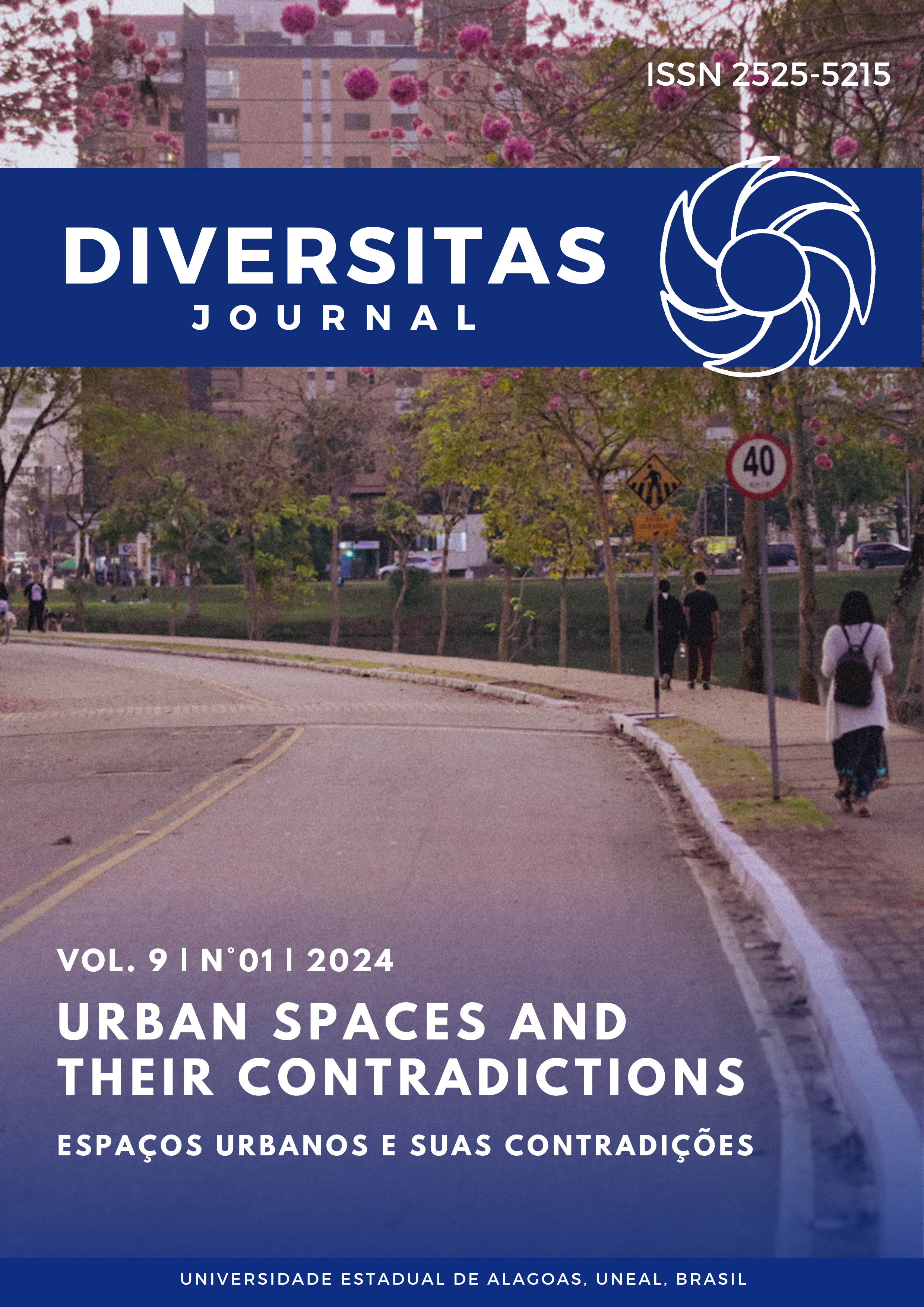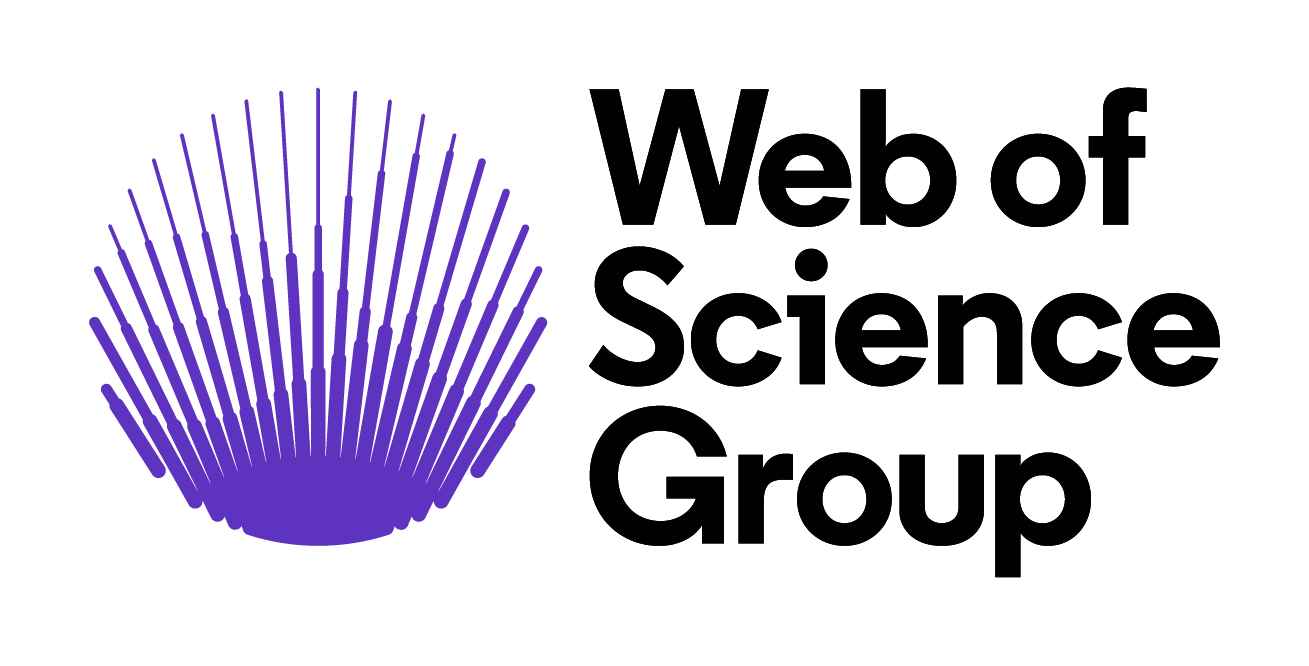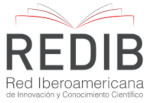Innovative techniques applied to food quality control
A systematic review
DOI:
https://doi.org/10.48017/dj.v9i1.2433Keywords:
food industry, innovation, methods, qualityAbstract
Globalization has enabled the use of quality systems within organizations to undergo a process of constant change that has been driven by economic and social factors worldwide. As a result, it has become one of the most worked on topics in the company based on international standards. The study refers to a systematic literature review based on the guiding question: What innovative solutions have been developed to manage food quality control? The selection of scientific documents was made in April 2022, by means of a survey in the Scielo, Scopus, and Web of Science databases, in which the keywords "quality management," "food quality control," "technological innovations," "quality management," "food quality control," and "technology innovations" referring to the last twenty years were used. As one of the results, we can highlight the use of neural networks for the characterization of different types of milk as a very viable option, presenting a 95% rate of correctly classified samples. Thus, the importance of developing effective and low-cost methods to ensure the quality and safety of food products for human consumption has been realized. Quality management is a very important tool within the food industry, because it is directly related to health and customer satisfaction, which also leads to greater profitability and competitiveness of enterprises.
Metrics
References
Altunay, N. Development of vortex-assisted ionic liquid-dispersive microextraction methodology for vanillin monitoring in food products using ultraviolet visible spectrophotometry. (2018). LWT - Food Science and Technology, v. 93, p. 9-15. https://doi.org/10.1016/j.lwt.2018.03.021.
Arora, P., Sindhu, A., Dilbaghi, N., Chaudhury, A. (2011). Biosensors as innovative tools for the detection of food borne pathogens. Biosensors and Bioelectronics, v. 28, n. 1, p. 1-12. https://doi.org/10.1016/j.bios.2011.06.002.
Barbosa, F. M., Gambi, L. N., Gerolamo, M. C. (2017). Liderança e gestão da qualidade – um estudo correlacional entre estilos de liderança e princípios da gestão da qualidade. Gestão & Produção, v. 24, n. 3, p. 438-449. http://dx.doi.org/10.1590/0104-530X2278-16.
Chen, X. Y., JI, Y., LI, K., Wang, X. F., Peng, C., Xu, X. L., Pei, X. W.; Xu, J. F.; Li, L. (2021). Development of a Duck Genomic Reference Material by Digital PCR Platforms for the Detection of Meat Adulteration. Foods, v. 8, n. 10, p. 1-12. https://doi.org/10.3390/foods10081890.
Dias, E. F., Almeida, M. M., Duarte, E. R. (2016). Sistema para classificação de méis baseado em redes neurais. Revista CSBEA, v. 2, n. 1, p. 1-8. https://www.revistas.udesc.br/index.php/revistacsbea/article/view/7280/6334.
Gałuszka, A., Migaszewski, Z., Namieśnik, J. (2013). The 12 principles of green analytical chemistry and the significance mnemonic of green analytical practices. TrAC Trends in Analytical Chemistry, v. 50, p. 78-84. https://doi.org/10.1016/j.trac.2013.04.010.
Gobis, M. A.; Campanatti, R. (2012). Os benefícios da aplicação de ferramentas de gestão de qualidade dentro das indústrias do setor alimentício. Revista Hórus, v. 7, n. 1, p. 26-40. http://revistaadmmade.estacio.br/index.php/revistahorus/article/viewFile /4004/1835.
Guo, X. D., Wen, F., Zheng, N., Li, S. L., Fauconnier, M. L., Wang, J. Q. (2016). A qPCR aptasensor for sensitive detection of aflatoxin M-1. Analytical and Bioanalytical Chemistry, v. 408, n. 20, p. 5577-5584. http://dx.doi.org/10.1007/s00216-016-9656-z.
Lima, F. P., Seleme, R. (2020). Gestão da qualidade na indústria alimentar. X Congresso Brasileiro de Engenharia de Produção, Online. https://aprepro.org.br/conbrepro/2020/anais/arquivos/08202020_160832_5f3ece2c9d80b.pdf.
Lucas, B. N., Schú, A. I.; Dalla-Nora, F. M. (2021). Uso de smartphone como alternativa inovadora no controle de qualidade de alimentos: uma breve revisão. In: S. Verruck, Avanços em Ciência e Tecnologia de Alimentos (1 Ed.), (pp. 278-288). Editora Científica. https://doi.org/10.37885/978-65-87196-92-3.
Ludwig, S. K. J., Tokarski, C., Lanf, S. N., Van Ginkel, L. A., Zhu, H., Ozcan, A., Nielen, M. W. S. (2015) Calling Biomarkers in Milk Using a Protein Microarray on Your Smartphone. Plos One, v. 8, n. 10, p. 1-13. https://doi.org/10.1371/journal.pone.0134360.
Mohamed, A. A., Shalaby, A. A. (2019). Digital imaging devices as sensors for iron determination. Food Chemistry, v. 274, p. 360–367. https://doi.org/10.1016/j.foodchem.2018.09.014.
Nogueira, M. O., Damasceno, M. L.V. (2016). Importância do sistema de gestão de qualidade para a indústria de alimentos. Caderno de Ciências Agrárias, v 8, n. 3, pp. 84-93. https://periodicos.ufmg.br/index.php/ccaufmg/article/view/2927.
Obara, T. R. A. Qualidade na indústria de alimentos: contexto atual e oportunidades. (2018). [Trabalho de Conclusão de Curso, Universidade Tecnológica Federal do Paraná]. Repositório Institucional da Universidade Tecnológica Federal do Paraná (RIUT). http://repositorio.utfpr.edu.br/jspui/handle/1/23214.
Paula, L. N., Alves, A. R., Nantes, E. A. S. (2017). A importância do controle de qualidade em indústria do segmento alimentício. Conhecimento Online, v 2, pp. 78-91. https://doi.org/10.25112/rco.v2i0.1077.
Perino, S., Petitcolas, E., La Guardia, M., Chemat, F. (2013). Portable microwave assisted extraction: An original concept for green analytical chemistry. Journal of Chromatography A., v. 1315, p. 200-203. https://doi.org/10.1016/j.chroma.2013.09.053.
Porto, I. S. A, Neto, J. H. S., Santos, L. O., Gomes, A. A., Ferreira, L. S. C. (2019). Determination of ascorbic acid in natural fruit juices using digital image colorimetry. Microchemical Journal, v. 149, p. 104031. https://doi.org/10.1016/j.microc.2019.104031.
Sampaio, R. F., Mancini, M. C. (2007). Estudos de revisão sistemática: Um guia para síntese criteriosa da evidência científica. Revista Brasileira de Fisioterapia, v. 11, n. 1, p. 83-89. https://doi.org/10.1590/S1413-35552007000100013.
Santos, M. E., Demiate, I. M., Nagata, N. (2010). Determinação simultânea de amarelo tartrazina e amarelo crepúsculo em alimentos via espectrofotometria UV-VIS e métodos de calibração multivariada. Ciência e Tecnologia de Alimentos, v. 30, n. 4, p. 903-909. https://doi.org/10.1590/S0101-20612010000400011.
Seddaoui, N., Amine, A. (2021). Smartphone-based competitive immunoassay for quantitative on-site detection of meat adulteration. Talanta, v. 230, 122346, 2021. https://doi.org/10.1016/j.talanta.2021.122346.
Thomé, B. R., Almeida, L. E. F., Follador, F. A. C., Rocha, A. C. (2017). Gestão da qualidade nas agroindústrias de suínos de Francisco Beltrão – Paraná. Revista Espacios, v. 38, n. 21, p. 9. http://www.revistaespacios.com/a17v38n21/a17v38n21p09.pdf.
Vanzella, E., Santos, W. S. (2015). O controle de qualidade, por meio das ferramentas BPF e APPCC, em uma linha de produção de uma indústria de alimentos. Destarte, v. 5, n. 2, p. 76-90. http://revistas.es.estacio.br/index.php/destarte.
Zamora-Garcia, I., Correa-Tome, F. E., Hernandez-Belmonte, U. H., Ayala-Ramirez, V., Ramirez-Paredes, J. P. (2021). Mobile digital colorimetry for the determination of ammonia in aquaculture applications. Computers and Electronics in Agriculture, v. 181, p. 105960. https://doi.org/10.1016/j.compag.2020.105960.
Zeinhom, M. M. A., Wang, Y., Song, Y.; Zhu, M. J., Lina, Y., Du, D. (2018). A portable smart-phone device for rapid and sensitive detection of E. coli O157:H7 in Yoghurt and Egg. Biosensors and Bioelectronics, v. 99, p. 479-485. https://doi.org/10.1016/j.bios.2017.08.002.
Downloads
Published
How to Cite
Issue
Section
License
Copyright (c) 2024 Wanessa Braz da Silva, Hosara Maria Lima da Silva Andrade, Luciano Pires de Andrade

This work is licensed under a Creative Commons Attribution 4.0 International License.
The Diversitas Journal expresses that the articles are the sole responsibility of the Authors, who are familiar with Brazilian and international legislation.
Articles are peer-reviewed and care should be taken to warn of the possible incidence of plagiarism. However, plagiarism is an indisputable action by the authors.
The violation of copyright is a crime, provided for in article 184 of the Brazilian Penal Code: “Art. 184 Violating copyright and related rights: Penalty - detention, from 3 (three) months to 1 (one) year, or fine. § 1 If the violation consists of total or partial reproduction, for the purpose of direct or indirect profit, by any means or process, of intellectual work, interpretation, performance or phonogram, without the express authorization of the author, the performer, the producer , as the case may be, or whoever represents them: Penalty - imprisonment, from 2 (two) to 4 (four) years, and a fine. ”


















